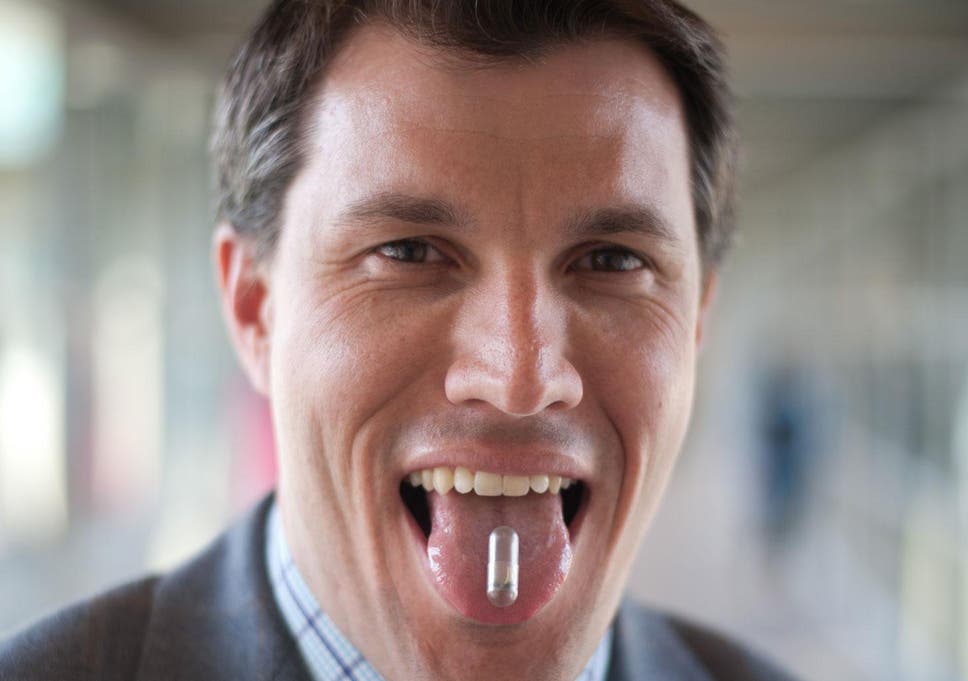
An edible battery that could power medical devices put inside the body to treat diseases has been created using the skin pigment melanin.
The researchers said they were able to build a prototype battery that could power a tiny 5 milliWatt device for 18 hours, which would be enough to gradually release a vaccine or to sense changes to bacteria in the gut and release medicine in response.
Ordinary batteries, which are much more powerful, are used to power things like pacemakers but are toxic and have to be insulated from the body.
he batteries made by academics at Carnegie Mellon University in the US are believed to be harmless because they are made out of natural materials.
Professor Christopher Bettinger, one of the research team, said: “For decades, people have been envisioning that one day, we would have edible electronic devices to diagnose or treat disease.
“But if you want to take a device every day, you have to think about toxicity issues. That’s when we have to think about biologically derived materials that could replace some of these things you might find in a RadioShack.
“The beauty is that by definition an ingestible, degradable device is in the body for no longer than 20 hours or so. Even if you have marginal performance, which we do, that’s all you need.”
Various different kinds of melanin, which are found in our skin, hair and eyes, absorb ultraviolet light to protect people from its harmful effects.
But they also bind and unbind metallic ions, which is essentially what happens in a battery.
The researchers experimented with different kinds of batteries using melanin pigments as positive and negative terminals along with other materials such as copper and iron that are also found in the body, they reported at an American Chemical Society meeting.
“We found basically that they work,” said researcher Dr Hang-Ah Park. “The exact numbers depend on the configuration, but as an example, we can power a 5 milliWatt device for up to 18 hours using 600 milligrams of active melanin material as a cathode.”
The researchers are now working on making edible batteries with pectin – a gelling agent used to make jam – and other natural materials.
They hope to create packaging that could allow an edible battery to be used in the stomach.
Source: https://www.independent.co.uk/news/science/edible-battery-freckles-skin-pigment-science-invention-melanin-a7205001.html
If you have more questions, please contact me with:
kevin@newarebattery.com
Comments are closed.









